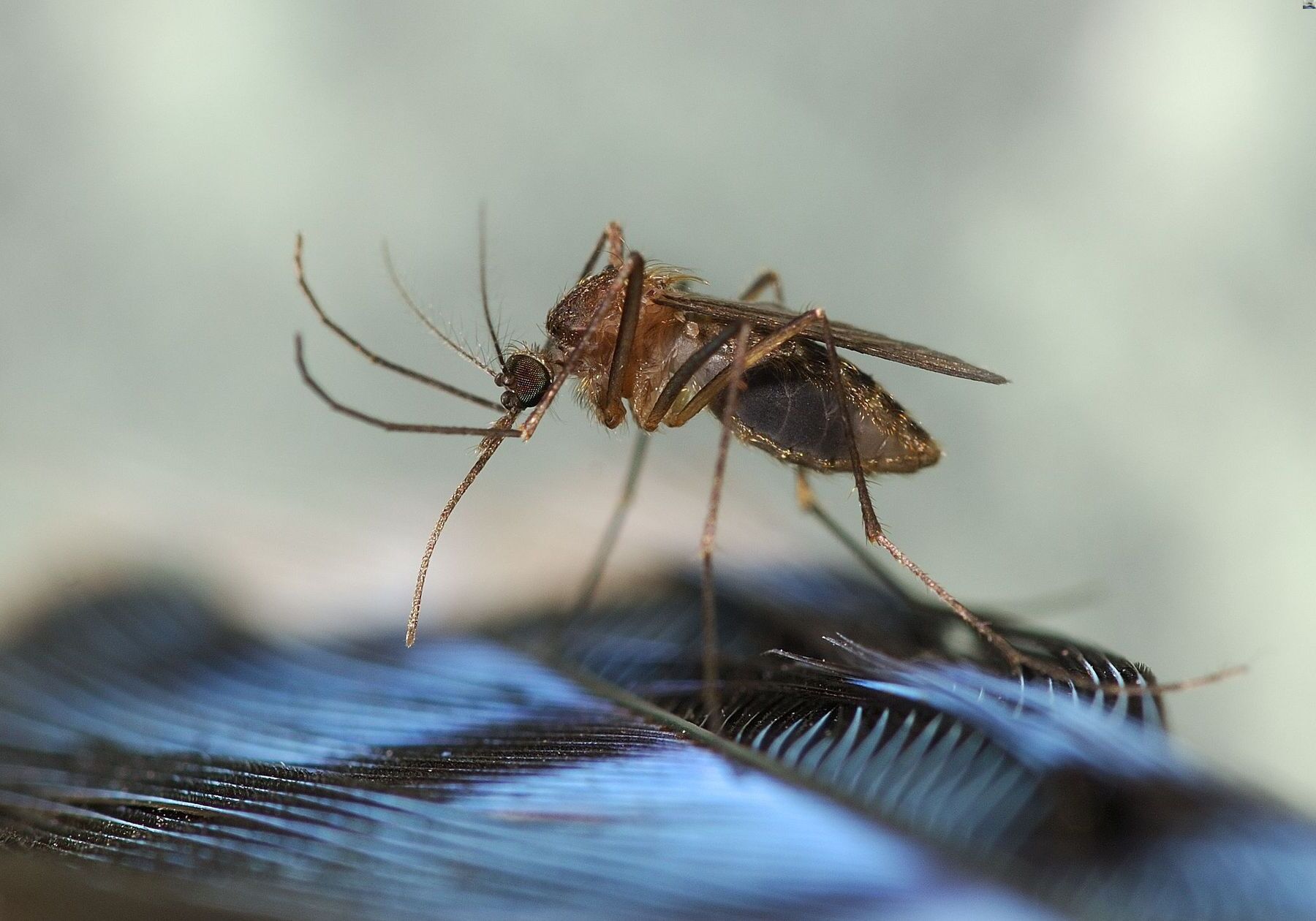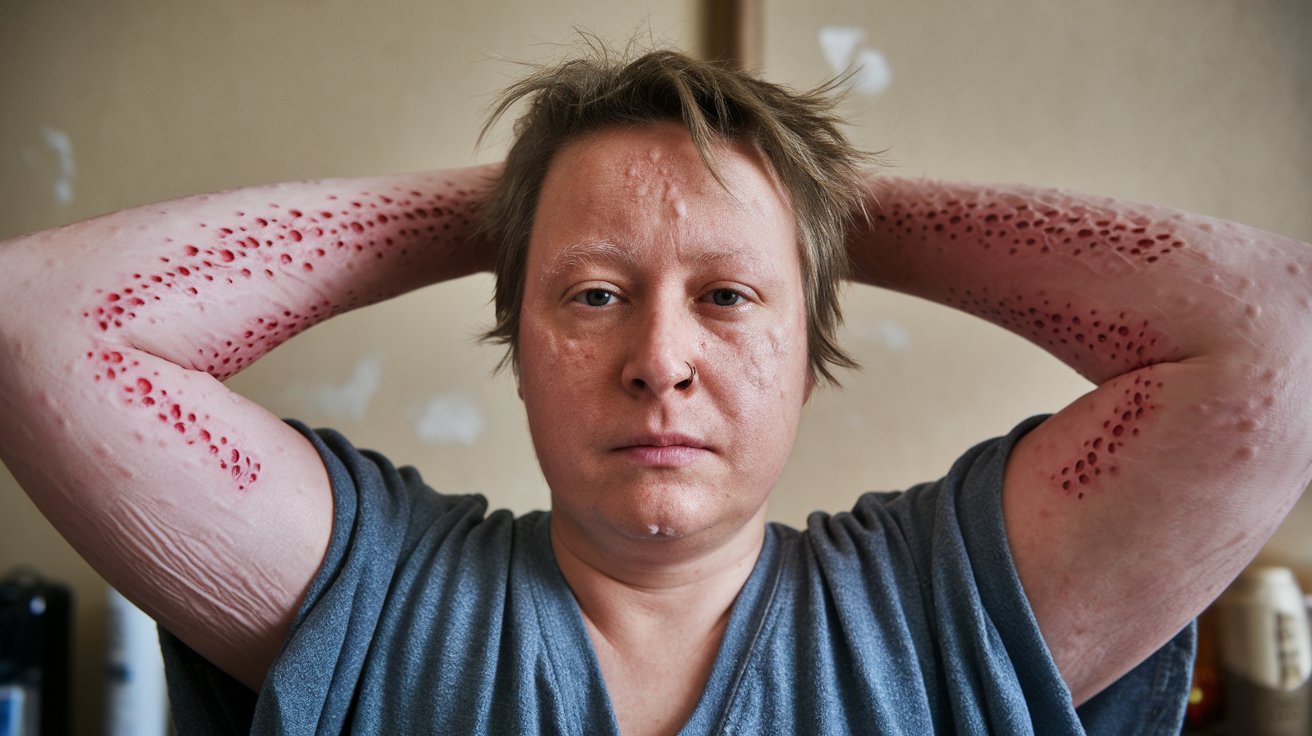
Eastern Equine Encephalitis (EEE) is a rare but serious viral disease spread by mosquitoes. Did you know that EEE can affect both humans and horses? This illness, caused by the EEE virus (EEEV), can lead to severe brain inflammation. Symptoms in humans often start with fever, headache, and chills, progressing to more severe issues like seizures or coma. Horses infected with EEE may show signs of fever, depression, and lack of coordination. Preventing mosquito bites is crucial since there's no specific treatment for EEE. Vaccination is available for horses but not for humans. Understanding the risks and symptoms can help protect you and your animals from this dangerous disease.
What is Eastern Equine Encephalitis?
Eastern Equine Encephalitis (EEE) is a rare but serious viral disease transmitted by mosquitoes. It affects both humans and horses, causing severe inflammation of the brain. Here are some intriguing facts about this disease.
- EEE is caused by the Eastern Equine Encephalitis virus (EEEV), which belongs to the Alphavirus genus.
- The virus is primarily found in the eastern United States, Gulf Coast, and some parts of the Midwest.
- EEE is considered one of the most severe mosquito-borne diseases in the United States.
Transmission and Spread
Understanding how EEE spreads can help in preventing the disease. The virus has a complex transmission cycle involving birds and mosquitoes.
- Mosquitoes become infected by feeding on birds that carry the virus.
- Infected mosquitoes can then transmit the virus to humans and horses.
- The primary mosquito species responsible for spreading EEE is Culiseta melanura.
- EEE cannot be transmitted directly from person to person or from horses to humans.
Symptoms and Diagnosis
Recognizing the symptoms early can be crucial for treatment. EEE symptoms can vary but often include severe neurological issues.
- Initial symptoms in humans include high fever, headache, and chills.
- As the disease progresses, it can cause encephalitis, leading to seizures, coma, and even death.
- In horses, symptoms include fever, depression, and lack of coordination.
- Diagnosis is typically confirmed through blood tests or cerebrospinal fluid analysis.
Treatment and Prognosis
There is no specific treatment for EEE, making supportive care essential. The prognosis can vary depending on the severity of the infection.
- Treatment focuses on relieving symptoms and may include hospitalization.
- The mortality rate for EEE in humans is approximately 33%.
- Survivors often suffer from long-term neurological problems.
- In horses, the mortality rate can be as high as 90%.
Prevention and Control
Preventing EEE largely involves controlling mosquito populations and avoiding bites. Here are some effective strategies.
- Use insect repellent containing DEET, picaridin, or oil of lemon eucalyptus.
- Wear long sleeves and pants when outdoors, especially during peak mosquito activity times.
- Ensure window and door screens are intact to keep mosquitoes out.
- Eliminate standing water around your home to reduce mosquito breeding sites.
- Vaccines are available for horses but not for humans.
Historical and Recent Outbreaks
EEE has been known for over a century, with various outbreaks recorded. Understanding its history can provide insights into its impact.
- The first recognized outbreak of EEE occurred in Massachusetts in 1831.
- Significant outbreaks have occurred in the United States, particularly in the 1930s and 1950s.
- Recent outbreaks have been reported in states like Florida, Massachusetts, and Michigan.
- In 2019, the United States experienced one of its worst EEE outbreaks in decades.
Research and Future Directions
Ongoing research aims to better understand EEE and develop effective treatments and vaccines. Here are some current efforts.
- Scientists are studying the genetic makeup of EEEV to develop targeted therapies.
- Research is also focused on improving diagnostic methods for quicker detection.
- Efforts are underway to create a human vaccine, though it is still in the experimental stages.
- Public health initiatives aim to educate communities about mosquito control and disease prevention.
Interesting Facts
Here are some additional intriguing tidbits about EEE that you might find fascinating.
- EEE is sometimes referred to as "Triple E" or "Sleeping Sickness" due to its severe impact on the brain.
- Birds like songbirds and waterfowl are natural reservoirs for the virus, meaning they can carry it without getting sick.
Final Thoughts on Eastern Equine Encephalitis
Eastern Equine Encephalitis (EEE) is a serious disease spread by mosquitoes. It affects both humans and horses, causing severe symptoms and sometimes death. Knowing the facts about EEE can help you stay safe. Use insect repellent, wear long sleeves, and avoid mosquito-heavy areas, especially at dawn and dusk. Horses should get vaccinated to reduce their risk. While EEE is rare, it’s crucial to stay informed and take preventive measures. Public health officials work hard to monitor and control mosquito populations, but individual actions matter too. Stay vigilant, protect yourself and your animals, and spread awareness. By understanding EEE, you can help reduce its impact on your community. Stay safe and informed!
Was this page helpful?
Our commitment to delivering trustworthy and engaging content is at the heart of what we do. Each fact on our site is contributed by real users like you, bringing a wealth of diverse insights and information. To ensure the highest standards of accuracy and reliability, our dedicated editors meticulously review each submission. This process guarantees that the facts we share are not only fascinating but also credible. Trust in our commitment to quality and authenticity as you explore and learn with us.


